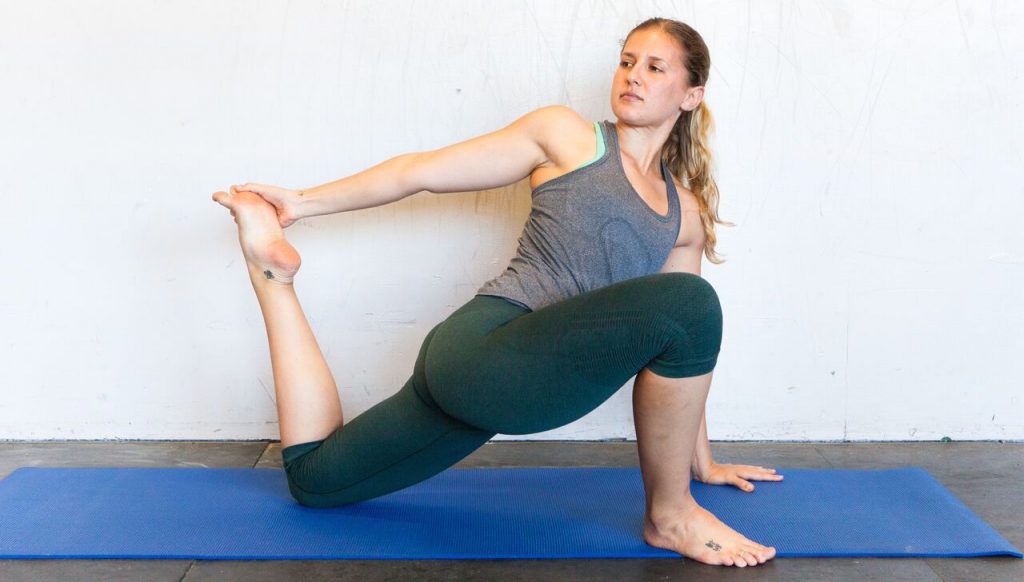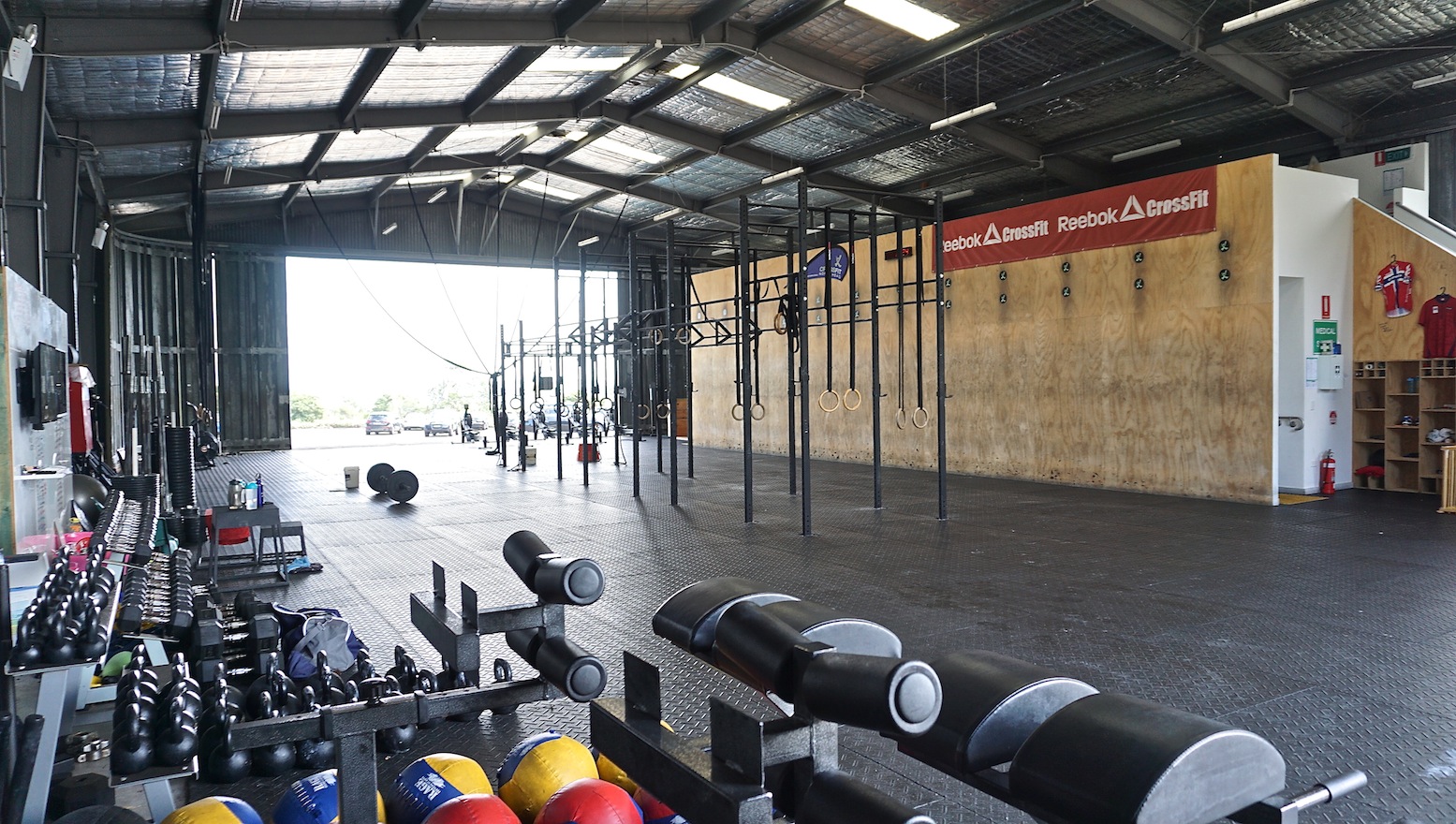
It’s no secret that yoga is a powerful form of exercise and mindfulness practice. But to become proficient at this ancient art, it takes more than just attending sporadic classes or practicing an occasional yoga routine. Mastering the art and practice of yoga requires commitment, dedication, discipline, and patience – but the rewards are worth it! If you’re ready to take your yoga journey to the next level and learn how to master this beautiful form of movement, then keep reading for some expert advice on what it takes. With knowledge about yogic components such as breathwork (pranayama), postures (asanas), yogic philosophy, and lifestyle habits like meditation and diet modifications, you’ll have all you need to help you progress in your practice!
Learn The Basics Of Yoga
Yoga is an ancient practice with many complex levels, and it is important to start out by learning the basics. There are many yoga centers, studios, and online resources that offer yoga teacher training courses, from allyogatraining.com/yoga-teacher-training to websites where aspiring practitioners can deepen their understanding of yoga fundamentals. From postures, breathing techniques, and meditation practices to yoga philosophy and alignment principles, this training provides a comprehensive overview of the history of yoga and its modern-day applications. Learning the basics establishes a strong foundation so students can build up their yoga practice progressively and gain the potential to reach deeper states of relaxation and clarity. With a dedicated commitment to mastering the art and practice of yoga, anyone can find joy in this transformative journey!
Incorporate Breathing Exercises Into Your Practice
To master the art and practice of Yoga, incorporating breathing exercises such as Ujjayi Pranayama, Kapalabhati, Nadi Shodhanam, and Bhramari Pranayama into your routine can help you remain calm and focused during each session. Ujjayi Pranayama is a slow and steady rhythmic breath that encourages both awareness and relaxation. Kapalabati Pranayama is a rapid abdominal breathing technique that helps to stimulate your mind while increasing lung capacity. Nadi Shodhanam is an alternate nostril breathing exercise designed to balance the flow of energy through the body while Bhramari Pranayama uses humming to help you reach deeper meditative states. When you incorporate these four key breathing exercises into every yoga session, it will give you an extra boost throughout your practice and lead to more profound experiences with each pose.
Make A Commitment To Daily Practice
Taking the step to make a commitment to daily practice can be intimidating, yet it is also incredibly rewarding and life-changing. Regular yoga practice requires dedication and consistency in order to achieve desired results, yet once practiced with dedication, this ancient art can bring positive changes not only in the body but also in the mind and spirit. Those who master the practice of yoga intuitively understand that it is far more than simply a physical activity – it enriches the self in many different ways and helps cultivate harmony in all aspects of one’s everyday life. Whether just beginning or being an expert practitioner, making a commitment to daily practice means unlocking all the incredible potential benefits that await those on their path toward enlightenment. In addition, by setting a positive intention with each practice, one can ensure that their yoga journey is filled with growth, self-discovery, and exploration.
Find A Teacher Who Is Right For You
Whether you’re a beginner or an experienced yogi, it is essential to find a teacher who is the right fit for your practice. The right teacher can make all the difference in terms of the progress, challenge, and success you experience with yoga. Before pursuing any class, take time to get to know the instructor. Research their background and teaching style – do they focus more on physical poses or meditation? Is theirs a non-judgmental approach? Yoga can be a personal journey requiring patience and dedication, so it is important that you find a teacher who respects this journey and encourages you to go at your own pace. Consider attending classes by multiple instructors before deciding if the one you choose is best for you.
Make Adjustments If Necessary
Making adjustments when needed is an essential tip for mastering the art and practice of yoga. As you become more familiar with the poses, listen to your body and make adjustments if a posture causes too much discomfort or doesn’t feel quite right. Modifying poses isn’t about finding shortcuts – it’s about learning how to do certain postures in a way that works for your body. Differentiating between safe stretches and overextending isn’t always easy but taking time to understand your body and its limits allows practicing yoga correctly and effectively. With gradual practice, you can build on each pose by being aware of yourself and making intelligent adjustments when necessary. Moreover, understanding your body’s limits also helps prevent injuries that can arise from overextending.
Focus On The Mind-Body Connection
This means practicing in ways that allow you to be aware of both physical and mental sensations during your practice. When your mind is engaged, it helps you stay present, reduces stress, and helps open up new physical possibilities by creating a sense of unity between body and mind. Yoga creates harmony when we learn to let go of our judgments about ourselves and focus all energies on connecting with our breath and considering how our physical bodies are flowing with each breath. Learning to notice the connection between physical poses and mental states can help us cultivate an understanding of how we can use our mind-body connection to maintain a balanced state regardless if we’re practicing certain postures or simply living life moment-by-moment.
All in all, the practice of yoga offers a range of physical and mental health benefits that can positively transform your life. If you’re patient and consistent with your practice, mastering the art and science of yoga is completely achievable. Remember to build a foundation with basic poses, use calming breathwork to enhance your experience, make a committed daily practice, consider partnering with an experienced teacher, adjust as needed to individualize your routine, and ultimately focus on the mind-body connection while engaging in yoga poses. With the right encouragement, dedication, and perception yoga can be a unifying process and provide insight into improved health and well-being.


















Follow Us